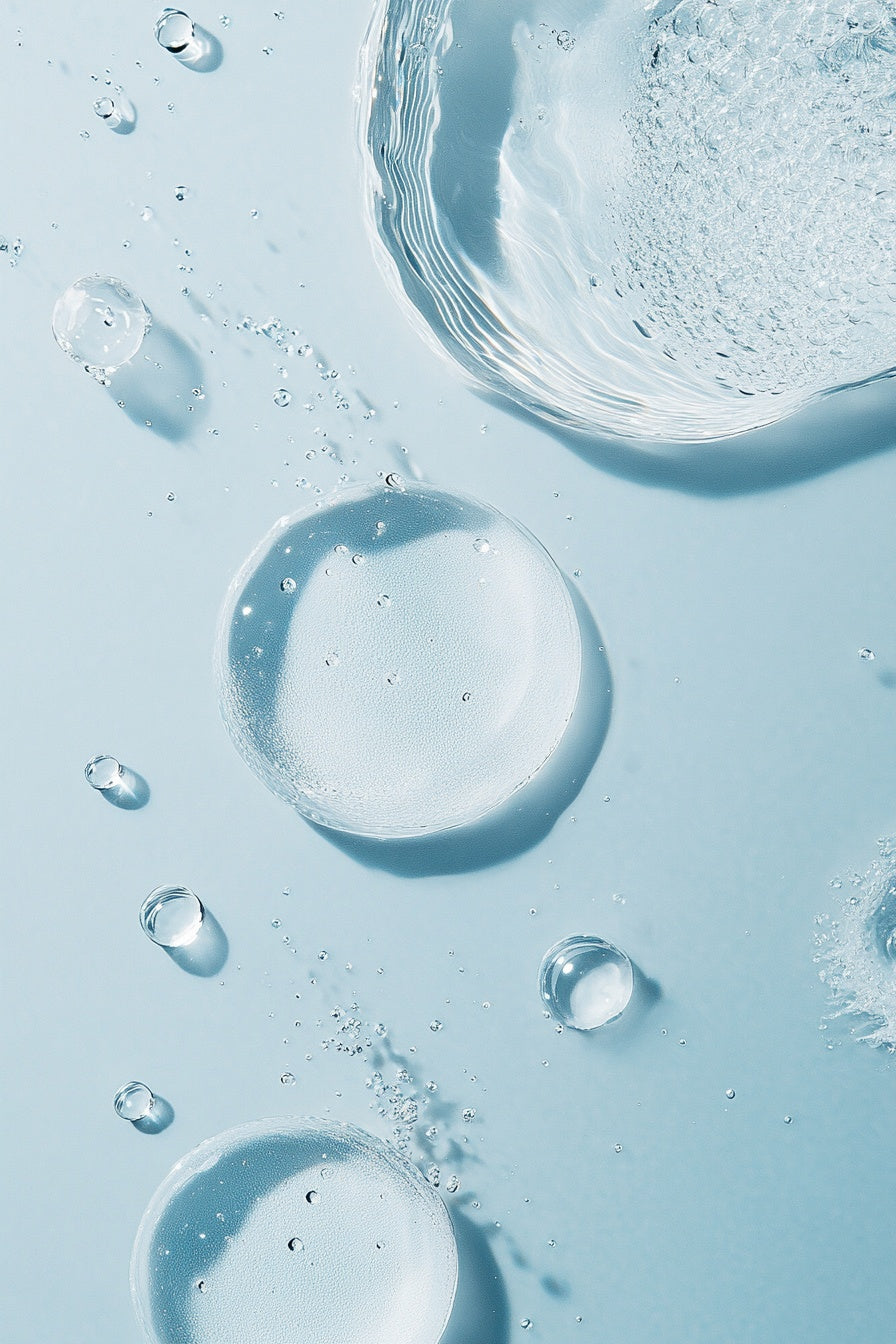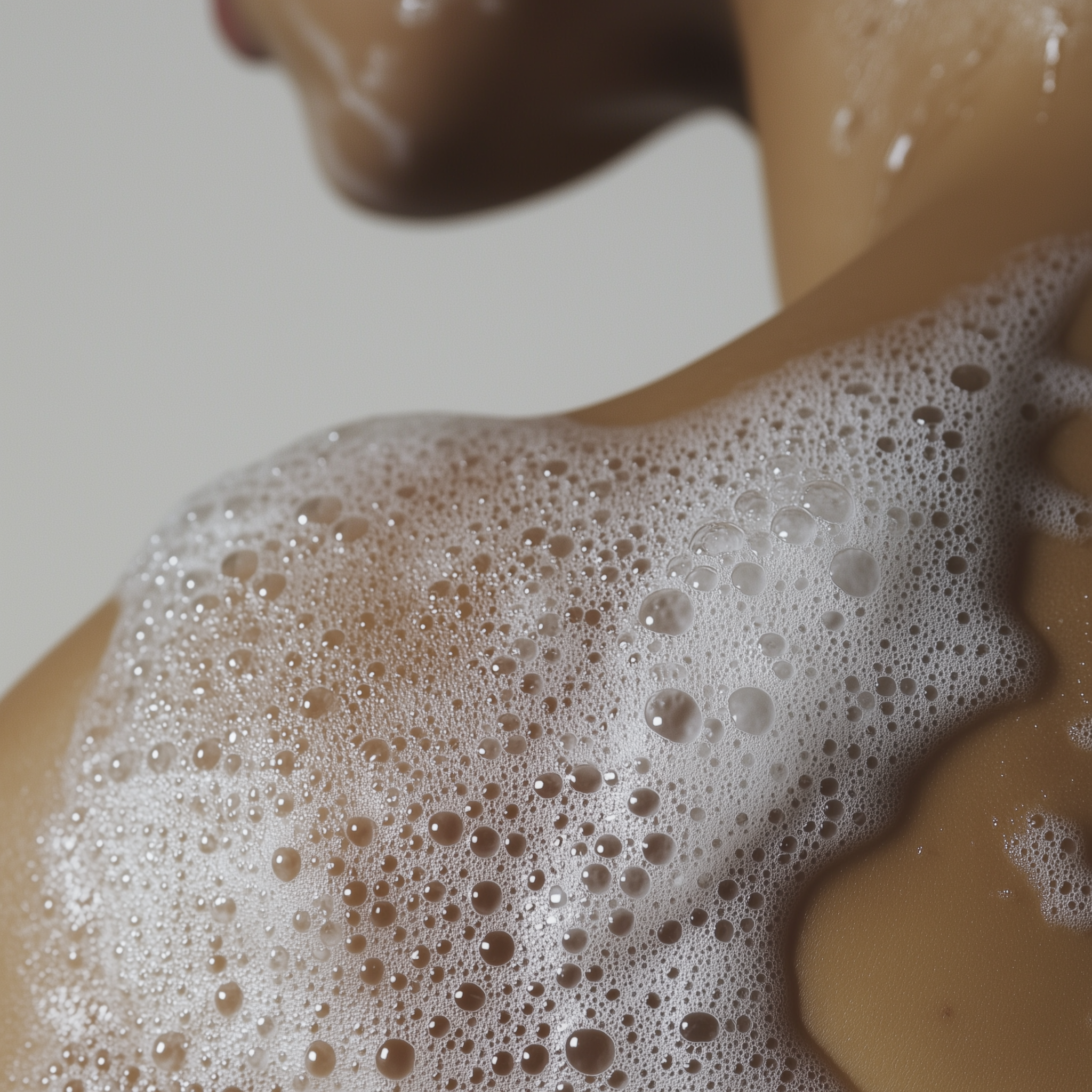

10 Common Exfoliation Mistakes
Sabina JasinskiExfoliation is a key step in achieving healthy, glowing skin, but it's easy to make mistakes that can harm your complexion rather than help it. Whether you're using physical scrubs or chemical exfoliants, it’s important to understand how to exfoliate properly. In this guide, we’ll highlight the most common exfoliation errors and offer tips on how to avoid them to keep your skin looking its best.
10 common mistakes & How to avoid them
1. Over-Exfoliating
Mistake: Exfoliating too frequently can strip your skin of its natural oils, leading to dryness, irritation, and a compromised skin barrier.
How to Avoid It:
- Exfoliate only 2-3 times per week depending on your skin type. If you have sensitive or dry skin, once a week may be enough.
- Pay attention to how your skin reacts. If you notice redness, peeling, or tightness, scale back on exfoliation.
- Consider using gentler exfoliants (such as PHAs or lactic acid) if your skin is prone to sensitivity.
2. Using Harsh Physical Scrubs
Mistake: Physical scrubs with large, abrasive particles can create microtears in your skin, leading to irritation, redness, and even long-term damage.
How to Avoid It:
- Opt for gentler scrubs with smooth, rounded particles or switch to chemical exfoliants like AHAs or BHAs, which are often less abrasive.
- If you prefer physical exfoliation, be sure to massage gently, avoiding excessive pressure.
- Avoid using scrubs on damaged or irritated skin to prevent further inflammation.
3. Not Following with Hydration
Mistake: Exfoliating removes dead skin cells, but it also leaves the skin vulnerable to dehydration. Failing to hydrate after exfoliation can leave your skin feeling tight and dry.
How to Avoid It:
- Always apply a hydrating moisturizer or serum after exfoliating to replenish moisture and keep your skin soft and plump.
- Look for products with hyaluronic acid or glycerin, which help draw moisture into the skin and lock it in.
4. Exfoliating Sun-Exposed Skin
Mistake: Exfoliating before or after sun exposure can increase your skin’s sensitivity to UV rays, making it more prone to sunburn and hyperpigmentation.
How to Avoid It:
- Always exfoliate at night to avoid sun sensitivity and give your skin time to recover.
- If you do exfoliate during the day, be sure to apply broad-spectrum sunscreen with SPF 30 or higher to protect your skin from harmful UV rays.
5. Mixing Exfoliating Products with Active Ingredients
Mistake: Using multiple exfoliating products (e.g., an AHA serum and a scrub) or combining exfoliants with other potent ingredients like retinol can lead to excessive irritation.
How to Avoid It:
- Limit exfoliating to one product per routine. Stick to one type of exfoliant (e.g., AHA, BHA, or a physical scrub) at a time.
- When incorporating strong actives like retinol or vitamin C, avoid layering them with exfoliating acids on the same day to prevent irritation.
- Gradually introduce new exfoliating products into your routine to gauge how your skin reacts.
6. Not Patch Testing
Mistake: Failing to patch test new exfoliating products can result in an allergic reaction or irritation that could have been avoided.
How to Avoid It:
- Before using a new exfoliant, apply a small amount to a small area of your skin (like your wrist or behind your ear) and wait 24-48 hours to see if any irritation occurs.
- If irritation, burning, or itching occurs, avoid using the product.
7. Exfoliating on Irritated or Broken Skin
Mistake: Exfoliating when your skin is already irritated, sunburned, or has open wounds can worsen the damage, leading to more redness, sensitivity, and even scarring.
How to Avoid It:
- Avoid exfoliating if your skin is irritated or has any visible cuts, rashes, or sunburn.
- Let your skin heal first before returning to your regular exfoliation routine.
8. Forgetting to Protect Your Skin with SPF
Mistake: Exfoliation makes your skin more sensitive to the sun, and not applying sunscreen can result in sun damage, pigmentation, and premature aging.
How to Avoid It:
- Always wear sunscreen with at least SPF 30 after exfoliating, even if you stay indoors.
- Reapply sunscreen every two hours if you’re outdoors for extended periods.
9. Using Exfoliants Too Soon or Too Late in Your Routine
Mistake: Exfoliating at the wrong stage of your skincare routine can reduce the effectiveness of other products and lead to irritation.
How to Avoid It:
- Exfoliate on clean skin after cleansing but before applying serums or moisturizers.
- Avoid exfoliating after applying other treatments (such as oils or moisturizers), as they can form a barrier and prevent the exfoliant from working properly.
10. Expecting Instant Results
Mistake: Expecting immediate results after exfoliating can lead to disappointment or the temptation to over-exfoliate.
How to Avoid It:
- Be patient! Exfoliation takes time. It might take several weeks to see noticeable improvements in your skin’s texture, tone, and clarity.
- Stick to your routine and allow your skin to gradually renew itself without the pressure of instant gratification.
Conclusion
Exfoliation is an essential part of a healthy skincare routine, but it’s important to avoid common mistakes that can cause irritation, sensitivity, and even long-term damage. By following these tips—exfoliating at the right frequency, using the proper products for your skin, and ensuring you’re properly hydrating and protecting your skin—you can achieve a glowing, clear complexion without the risks. Always listen to your skin, and remember: less is often more when it comes to exfoliating!
Want to learn more about Exfoliation?
-

The Ultimate Guide to Exfoliation: Why, When, and How to Do It Right
Read hereExfoliation is key to glowing, healthy skin, yet many people overlook it. By removing dead skin cells, it helps prevent breakouts, brighten complexion, and improve product absorption. This guide covers the best exfoliation methods, timing, and products for every skin type—so you can exfoliate the right way for radiant results!





